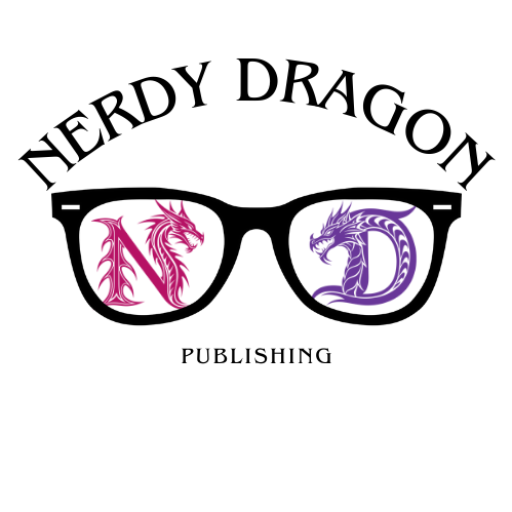As a writer, the journey from conceptualizing an idea to penning down a complete manuscript can be incredibly rewarding yet daunting. Whether you’re crafting a gripping novel, a thought-provoking memoir, or a compelling non-fiction piece, the rough draft is just the beginning. Once the words flow onto the page, the real work begins: editing. One tool that can be a game-changer in this process is Grammarly. Here’s how it can help elevate your book draft to prepare for submitting your manuscript.
1. Clean Up Those Common Errors
One of the first steps when editing a rough draft is addressing spelling and grammatical errors. Mistakes can undermine your credibility and distract readers from your story. Grammarly automatically highlights misspellings, grammatical issues, and punctuation errors, providing real-time suggestions to help you correct them. With its intuitive interface, you can quickly implement changes, ensuring that your writing is polished and professional.
2. Simplify Wordy Sentences
Writing has a unique rhythm and flow, but sometimes, we can get caught up in complex sentences that dilute our message. Grammarly uses blue underlines to indicate sentences that might be unnecessarily wordy. By following its suggestions, you can refine your prose and improve readability, making sure your ideas come across clearly. This is especially important in narrative writing, where pacing can affect reader engagement.
3. Tackle Passive Voice and Word Choice
One of the notable features of Grammarly Premium is its ability to identify passive voice constructions. While passive voice can be effective in specific contexts, overusing it may weaken your storytelling. Grammarly will help you revise those sentences for a more active voice, giving your writing more impact. Additionally, word choice is crucial in crafting your book’s tone. Whether you’re struggling with the right terminology or trying to maintain consistency in your language, Grammarly can provide valuable insights. It aids in eliminating inconsistencies, such as switching between “e-mail” and “email,” ensuring a uniform voice throughout your manuscript.
4. Adjusting Tone and Formality
Writing for different audiences requires a nuanced approach to language and tone. When drafting a book, you may wish to strike a balance between being relatable to casual readers and maintaining a certain level of professionalism. Grammarly’s features can help you fine-tune your tone, suggesting adjustments based on your desired level of formality. This adaptability is particularly beneficial when aiming to connect with a wide range of readers.
5. Final Touches with Vocabulary Enhancement
As you reach the final stages of editing a rough draft, consider Grammarly’s vocabulary enhancement features. The tool analyzes your word choices and suggests alternatives, helping you eliminate repetitive phrases and elevate your language. This can be particularly useful when you want to maintain reader interest or infuse your writing with a fresh perspective.
Get Starting on Editing Your Rough Draft
Using Grammarly to edit your rough draft can streamline the revision process, helping you refine your manuscript into a polished piece ready for publication. By catching errors, improving clarity, and enhancing your writing style, Grammarly acts as your dedicated editing companion. While it’s essential to remember that editing is a nuanced process best complemented by human insight, Grammarly is an invaluable resource in your toolkit.
So, as you embark on the exciting journey of editing your book, consider giving Grammarly a try. It might just be the tool you need to transform your rough draft into a masterpiece! Happy writing!


Leave a Reply